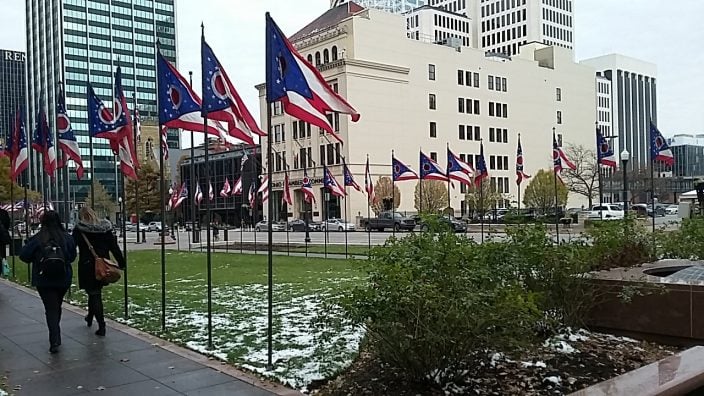Applications for Ohio Farm Bureau Health Plans now available
Members have three ways to apply: contacting a certified agent, calling 833-468-4280 or visiting ohiofarmbureauhealthplans.org.
Read MoreLegislation important to members and advocated for by Ohio Farm Bureau was passed during the “lame duck” session of the Ohio Legislature at the end of 2020.
The Ohio House and Senate came together to agree on House Bill 7, which creates the Statewide Watershed Planning and Management Program. The bill allows for the development of more localized watershed plans and provides resources for local soil and water conservation districts to help develop them with area farmers.
“House Bill 7 creates yet another useful tool to assist the agriculture community in its continued commitment to making improvements in water quality,” said Brandon Kern, OFBF senior director of state and national policy.
Another piece of legislation that Farm Bureau has worked on for years is to overhaul county drainage petition regulations through House Bill 340, which modernizes the ditch petition processes by which landowners can petition the county for drainage improvement projects.
HB 340 embraces the use of technology such as digital maps, video or photographs via drone footage, etc. to modernize the petition viewing process regarding the proposed drainage improvement’s location and issues intended to be addressed.
Another important highlight is increasing the minimum width of the required sod or seeded strip along the drainage improvement from 4 feet to 10 feet. This will provide for better erosion and sediment control and aligns with Ohio Farm Bureau’s support for efforts that improve soil and water conservation efforts.
On a national level, Farm Bureau applauded inclusion of funding for the Paycheck Protection Program, broadband development and Coronavirus Food Assistance Program supplemental payments in the latest COVID relief bill.
The package also provided more help to livestock producers who did not receive as much assistance in earlier bills, including:
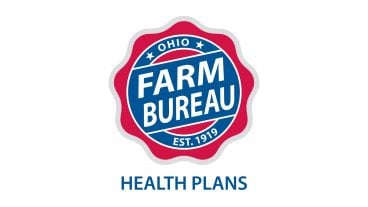
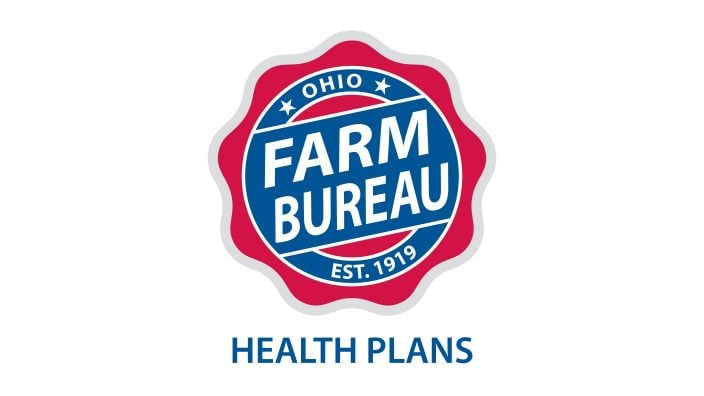
Members have three ways to apply: contacting a certified agent, calling 833-468-4280 or visiting ohiofarmbureauhealthplans.org.
Read More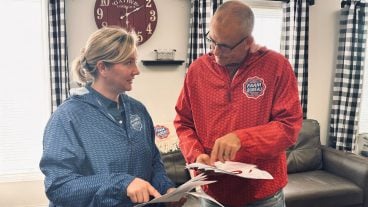
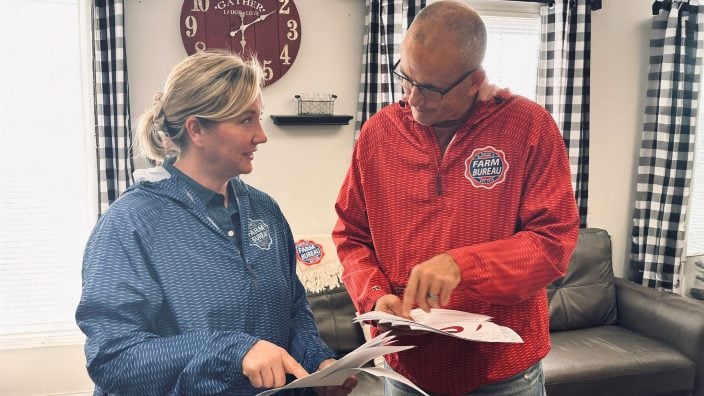
One of the best decisions Shannon and Heather Utter made a few years ago was looking into a Farm Bureau member benefit that has ended up saving them thousands of dollars on their energy bills.
Read More

Ryan Hiser has experienced first-hand the importance of having the opportunity to vote on issues that will affect his family operation and other farmers.
Read More
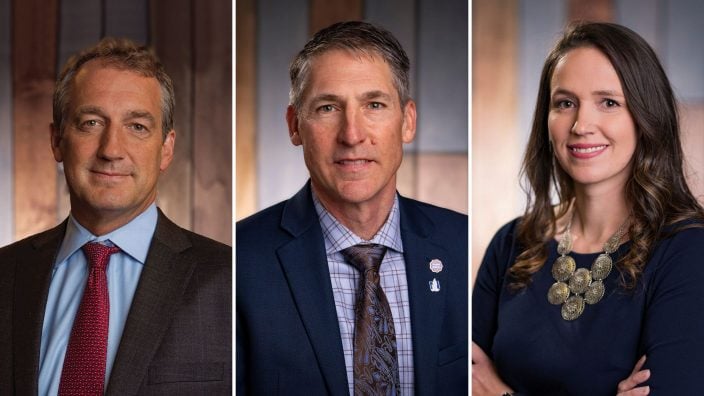
Bill Patterson, Cy Prettyman and Adele Flynn will continue to serve as officers for Ohio Farm Bureau Federation.
Read More

Delegates discussed many topics impacting agriculture including farmland preservation, local foods, and succession planning.
Read More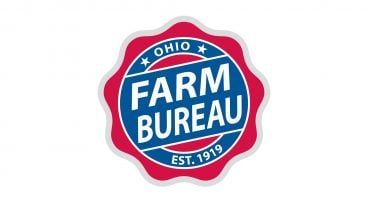
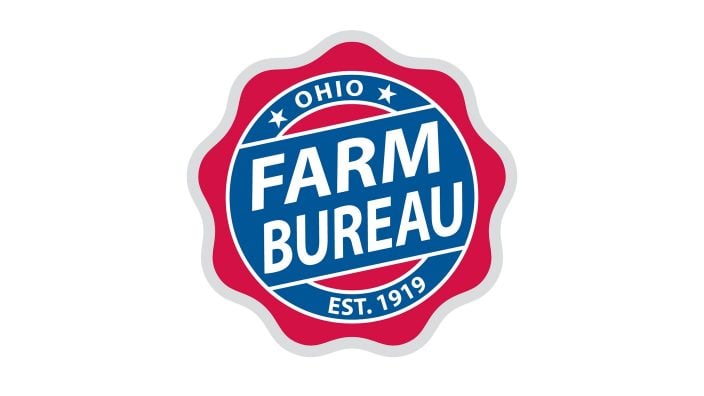
Twenty-six farmers govern the state’s largest farm and food organization.
Read More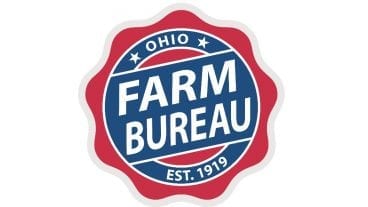

The 2025 recipients are Fred Cooke (posthumous) of Richland County, Marvin Dietsch of Williams County, Steven Knollman of Hamilton County and Michele Miller (posthumous) of Ottawa County.
Read More
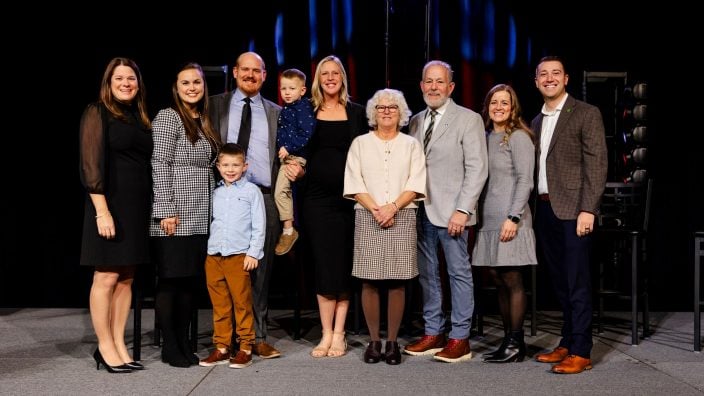
Nathan and Jill Parriman grow seasonal crops, including Christmas trees, pumpkins and cut flowers, providing U-cut experiences that invite customers to engage directly with agriculture.
Read More
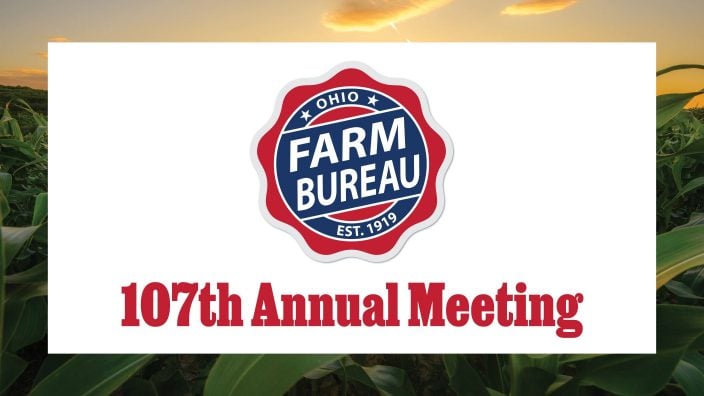
The 2025 Distinguished Service Award recipients are Craig Adams, Mike Townsley, and Kellogg Farms, Kurt Farms and Stateler Family Farms.
Read More

Ohio Farm Bureau Treasurer Adele Flynn participated in the meeting, representing Ohio farmers.
Read More